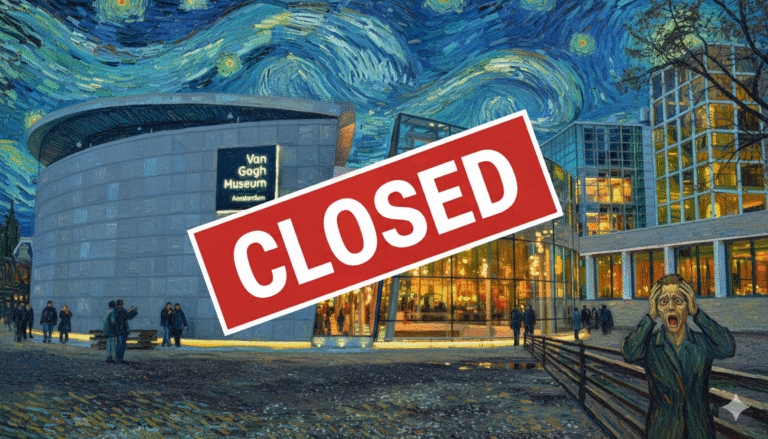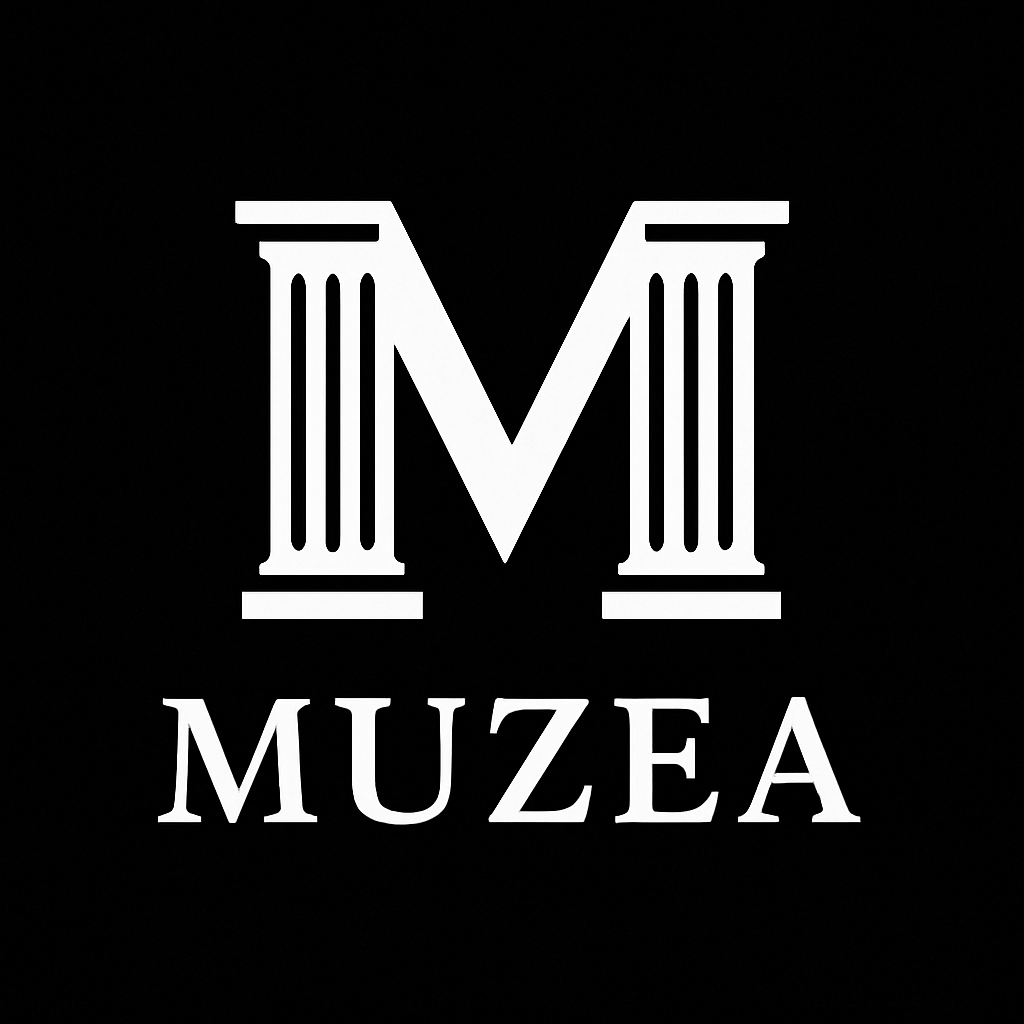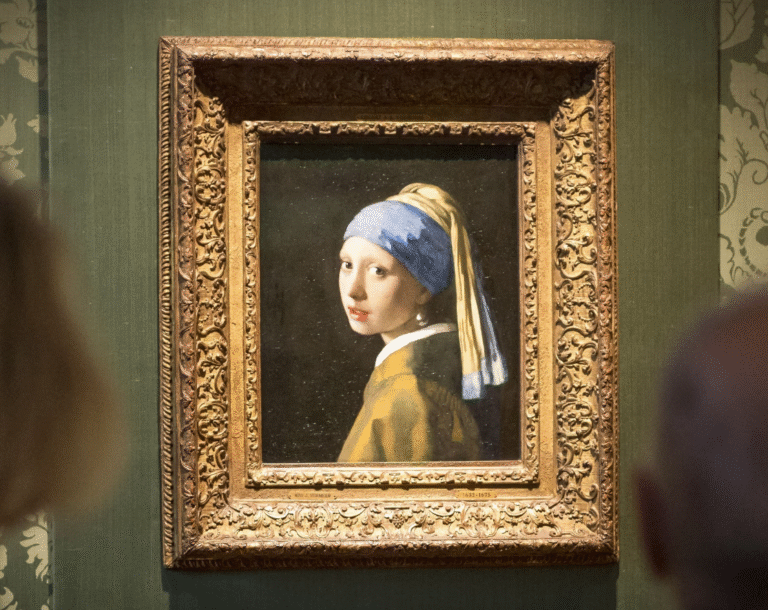It’s one of the art world’s most beloved institutions, drawing millions of visitors a year to Amsterdam. But recently, the Van Gogh Museum sent shockwaves through the cultural community with a startling announcement: it could be forced to close if it doesn’t receive urgent funding. The museum’s director has warned that without financial support from the Dutch government, necessary maintenance on its aging building—crucial for protecting the priceless collection—cannot be completed. This isn’t just a local issue; it’s a powerful illustration of the financial fragility facing even the most iconic museums, forcing them to re-evaluate their survival in a new economic landscape.
The Van Gogh Museum’s financial struggles are more complex than simply a lack of visitors or revenue. While it generates a significant amount of revenue on its own, its current financial crisis is rooted in a fundamental dispute with the Dutch government over a long-standing agreement and the high costs of essential infrastructure maintenance.
Here’s a breakdown of the in-depth issues:
1. The Root Cause: A Decades-Old Agreement The core of the problem stems from a 1962 agreement between the Dutch government and Vincent van Gogh’s nephew, who was the owner of the artist’s immense collection. In exchange for transferring ownership of hundreds of paintings, drawings, and letters to a foundation, the government committed to building and maintaining a museum to permanently house and display the works. The museum’s director argues that the government is now failing to honor its part of this “historic agreement.”
2. The High Cost of Maintenance The museum building, which opened in 1973, is over 50 years old and was not designed to accommodate the millions of visitors it now receives annually. After decades of heavy use, its infrastructure is in a critical state. The museum is not asking for funds to build a flashy new wing or expand its collection. The money is needed for “basic maintenance”—urgent repairs to its technical installations like air conditioning, fire safety systems, elevators, and even the sewage facilities. These are not “sexy” projects, but they are absolutely vital to ensure the safety of both the priceless collection and the visitors.
3. The Financial Shortfall The museum has a major renovation plan, known as “Masterplan 2028,” with a total estimated cost of over €100 million. The museum itself is remarkably successful, generating a stunning 85% of its own income, primarily through ticket sales, its museum shop, and a cafe. However, it relies on a government subsidy for the remaining portion. The museum calculates it needs a guaranteed annual contribution of about €11 million from the state to fund the renovations and save for future maintenance. The Dutch Ministry of Education, Culture, and Science, however, is only willing to provide a subsidy of around €8.5 million, a fixed amount it says is corrected annually for inflation and is based on a methodology used for all national museums. This leaves an annual shortfall of several million euros that the museum says it cannot cover.
4. A Legal and Political Standoff The dispute is not a simple miscommunication; it has escalated into a legal and political battle. The Van Gogh Museum has filed a legal complaint against the state, accusing it of breaching the original 1962 agreement. The Dutch government, for its part, maintains that the museum already receives one of the highest subsidies per square meter among all Dutch museums and should be able to cover the costs with its substantial self-generated income. This impasse has left the museum with no other option than to publicly warn of a potential closure to draw attention to the urgency of its situation.
5. Impact of the Pandemic and Visitor Numbers While the museum’s income is high, the COVID-19 pandemic and subsequent closures highlighted the fragility of a business model heavily dependent on international tourism. Furthermore, even with its high visitor numbers, the museum’s success has become a double-edged sword. The sheer volume of foot traffic has accelerated the wear and tear on the building, making the necessary maintenance even more critical and expensive.
Museums in a Shifting Landscape
While the art market grapples with a contraction at the top end (as recently reported by Artnet), museums are facing their own unique challenges. The traditional business model, heavily reliant on a combination of public funding, ticket sales, and in-person donations, has been stretched to its limit. With rising operational costs and volatile funding, institutions must now embrace new strategies to secure their future. For the Van Gogh Museum and others like it, the path forward is clear: diversify or perish.
A Digital Lifeline and Global Reach
The solution lies in leveraging the very tools that have reshaped the commercial art market: technology and global outreach. Museums must evolve from being physical destinations to being worldwide cultural hubs. By developing robust digital strategies, they can unlock new revenue streams and engage with a global audience far beyond their physical walls.
- Virtual Tours & Digital Content: Imagine a high-definition, immersive virtual tour of the Van Gogh Museum, a paid experience that offers a guided, narrated journey through the artist’s life and work. This isn’t just a free video; it’s a premium, ticketed event that can be accessed by anyone, anywhere in the world. It’s a way to monetize the experience without relying on physical foot traffic.
- Online Merchandising: A museum gift shop is no longer just a physical space. An online store can become a powerful engine for sales, offering exclusive, high-quality merchandise—from prints and books to unique collaborations with designers—that can be shipped globally. The sales from a single online platform can generate a reliable stream of income, directly supporting the museum’s core mission.
- Global Community: By building a vibrant online presence through social media, educational content, and digital memberships, museums can cultivate a loyal, international community of supporters. This transforms the audience from passive visitors into active participants who feel invested in the institution’s success.
The art market is going through a “reset,” as the latest Artnet Intelligence Report points out, with a shift from trophy collecting to a more democratized base. Museums can ride this wave by making their treasures accessible and engaging to everyone, not just those who can afford a plane ticket to Amsterdam. The potential closure of the Van Gogh Museum is a stark reminder of the urgent need for change. By embracing innovation and diversifying their revenue, museums can not only survive but truly flourish, taking the world’s most treasured collections to a global stage.



